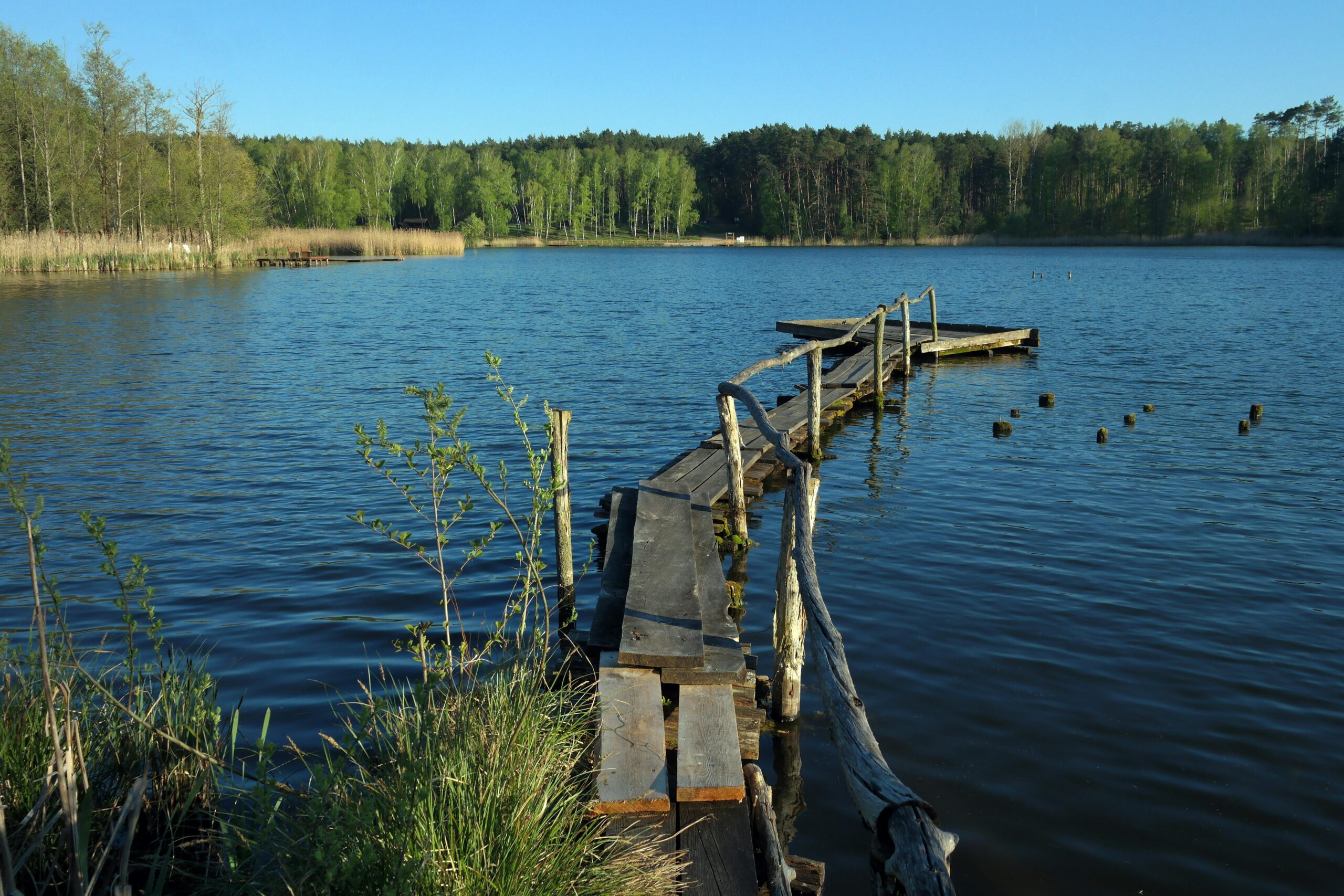How to Choose the Right Float for Summer Fishing
Updated: July 2025
Choosing the right float can make or break your fishing session — especially in summer, when fish feed at different depths and water clarity can vary. The wrong float can spook fish, miss subtle bites, or make accurate casting difficult.
In this guide, we’ll break down how to select the best float for summer fishing based on depth, species, conditions, and technique. Whether you’re targeting carp in the margins or roach in open water, here’s what to use and when.
Why Float Choice Matters in Summer
- Fish feed in higher layers, requiring lighter floats
- Calmer water increases bite sensitivity — small floats show more
- More sunlight = clear water, so visibility of line and float is key
- Fish are more cautious, making subtle presentation essential
1. Pole Floats – Best for Close-Range, Stillwater Fishing
Use when:
- Fishing canals, lakes, or small ponds
- Using a fixed pole
- Targeting small to medium species (roach, perch, tench)
Top float style:
- Slim pencil or rugby ball shapes
- Fine tip for bite indication
Best tip material:
- Hollow plastic for visibility in strong light
- Solid fibre for extreme sensitivity
2. Waggler Floats – Ideal for Casting at Distance
Use when:
- Fishing open water
- Targeting roach, bream, carp at 15–30 meters
- Fishing on the drop or mid-depth
Types to use:
- Loaded wagglers: Pre-weighted for fast setup
- Straight wagglers: More sensitive, better for calm days
- Insert wagglers: Slimmer tip for subtle bites
Tip: Use light line and small shot for slow fall through the water.
3. Bodied Floats – For Lift Method and Heavy Baits
Use when:
- Fishing in weed or over soft bottom
- Targeting tench or big crucians
- Using heavy hookbaits like corn or worms
Features to look for:
- Thick, visible tip (for lift bites)
- Strong body to support weight of bait and rig
Tip: Set your float so the bait just rests on the bottom — this helps detect bites that lift or hold.
4. Pellet Wagglers – Surface & Midwater Fishing for Carp
Use when:
- Fishing shallow for carp in hot weather
- Feeding pellets regularly
- Looking for aggressive summer takes
Float traits:
- Short and dumpy, minimal surface resistance
- Foam body or balsa wood with a thick tip for visibility
Tip: Use with heavy line and strong hooks — bites are fast and hard.
5. Stick Floats – Moving Water & Rivers
Use when:
- Fishing rivers or slow-flowing canals
- Targeting dace, chub, roach
Features:
- Long, slim shape
- Buoyant top and base to hold steady in current
Tip: Keep the float riding straight by balancing shot along the line rather than just near the hook.
How to Match Float Size to Conditions
| Condition | Float Size |
|---|---|
| Calm, clear water | 0.2g – 0.4g |
| Breezy conditions | 0.5g – 1g+ |
| Deep water | Use heavier float |
| Short margin fishing | Light pole float |
| Surface fishing | Pellet waggler |
Final Thoughts
The key to summer float fishing success is adjusting your float to match the water, fish behavior, and bait type. Lighter, more sensitive floats excel in warm, clear conditions — but don’t ignore thicker or bodied floats when fishing on the bottom or dealing with wind.
Start small and experiment — the right float will help you see more bites, present your bait better, and ultimately catch more fish.




